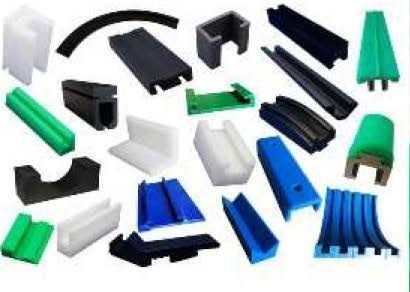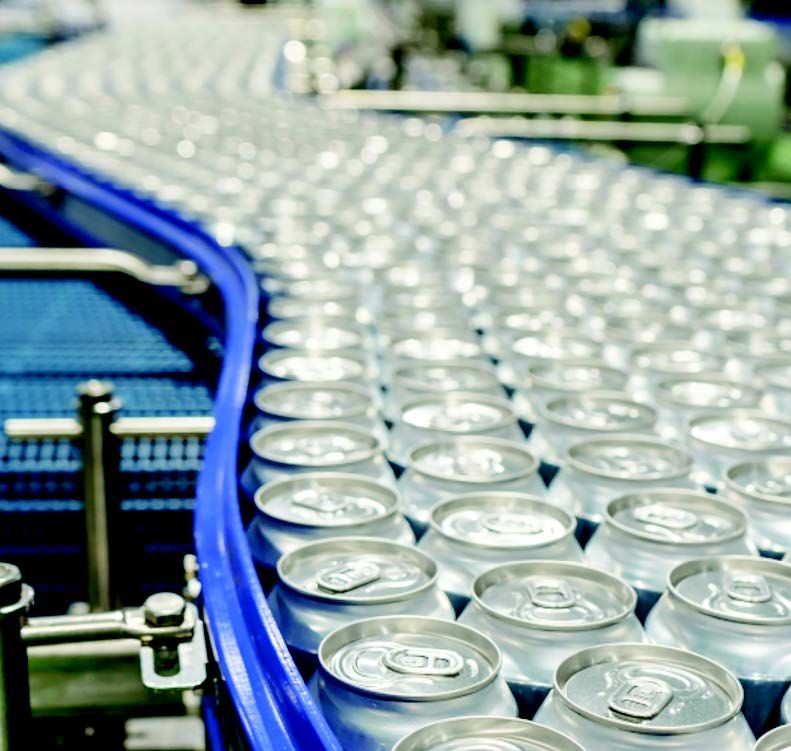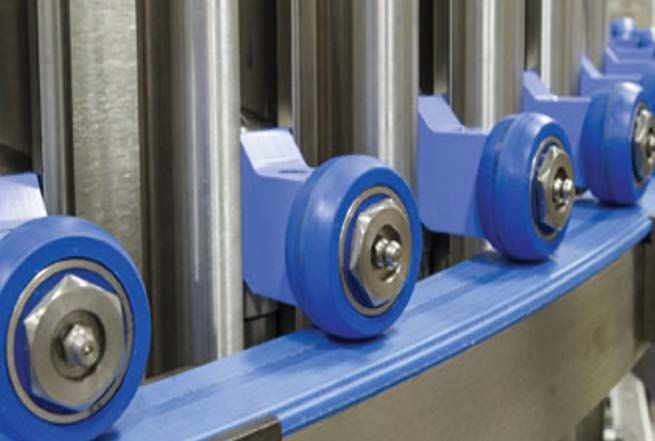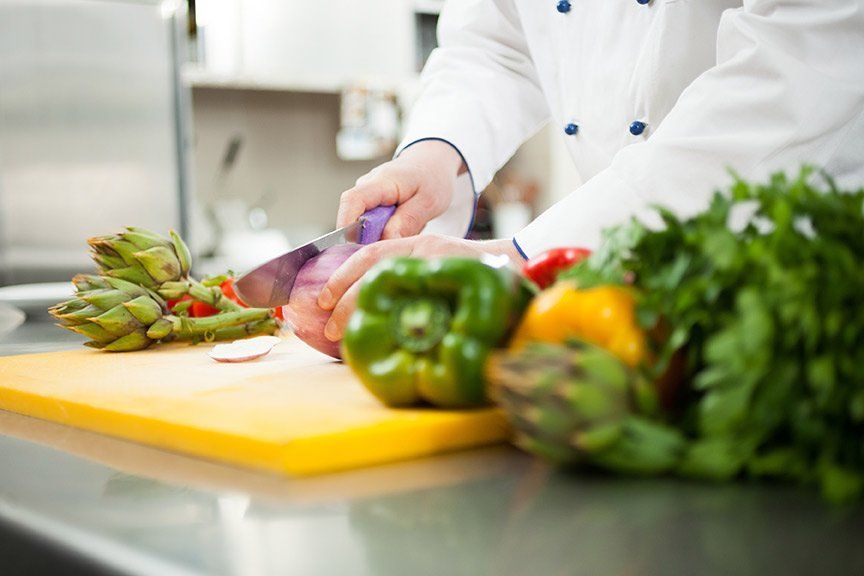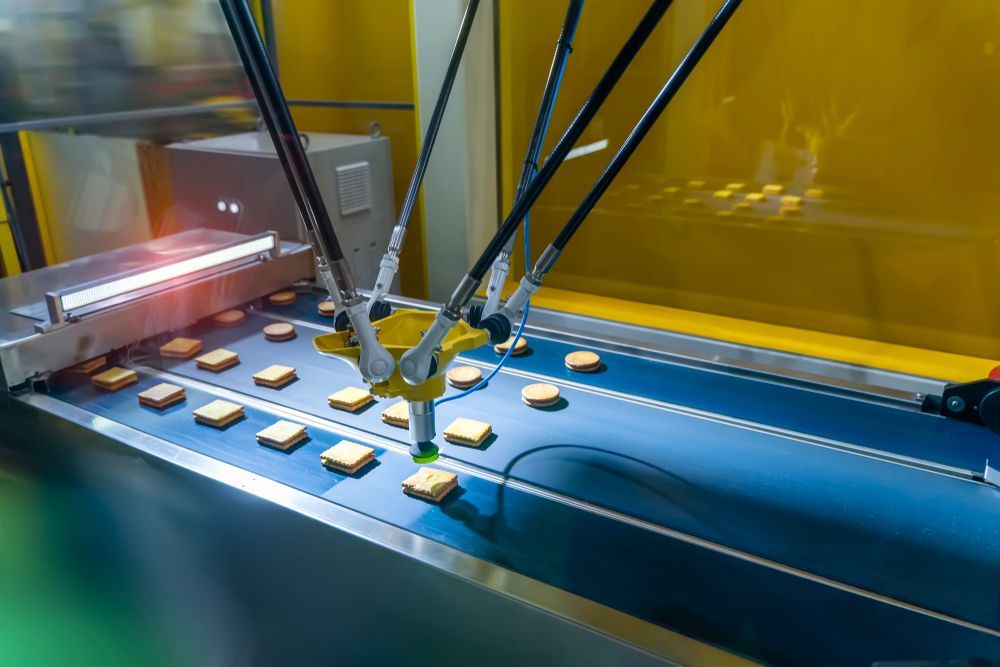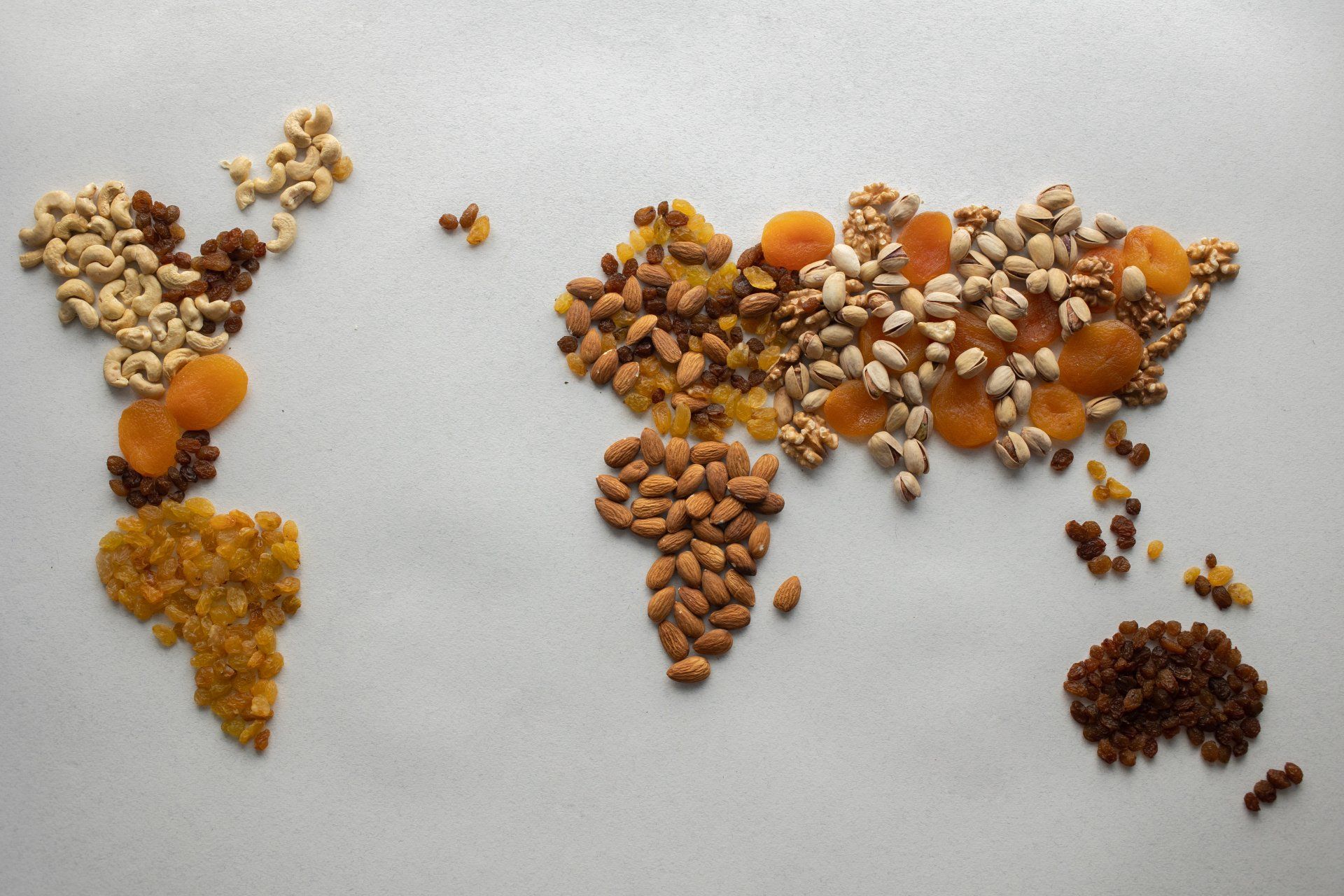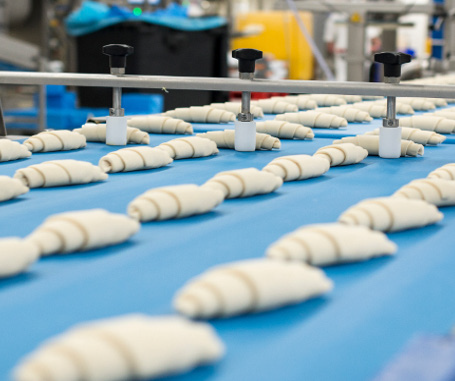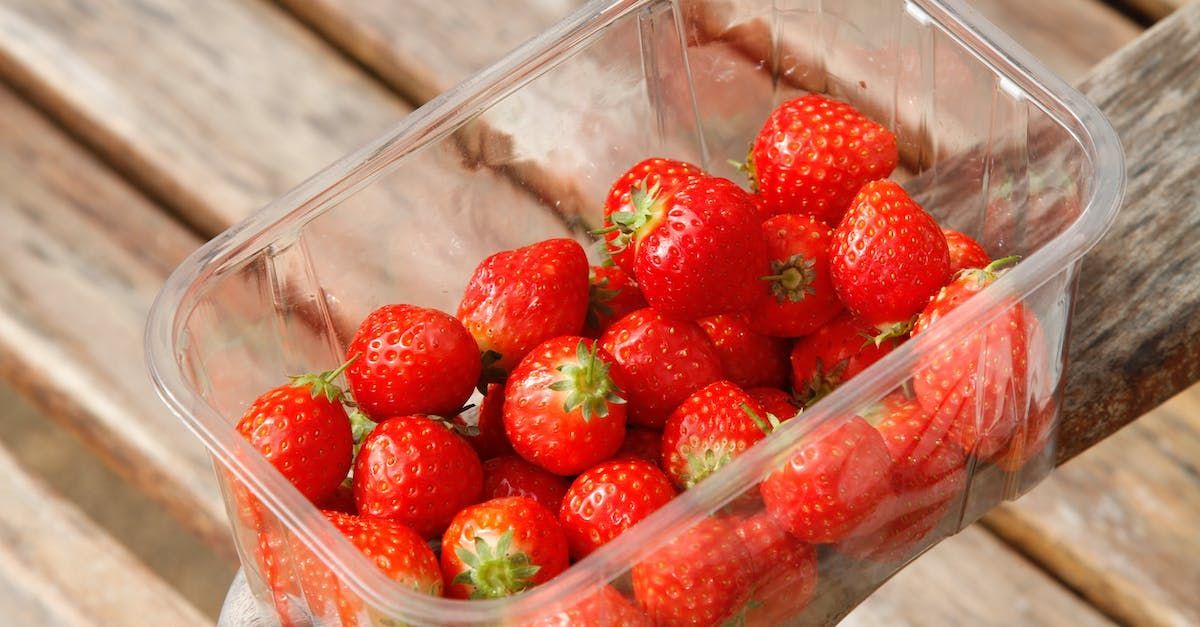Thermoplastic Solutions for Food Processing & Conveyance
Inefficient Conveyors: Reducing The Drag On Profitability
Is Your Conveyor System Dragging Down Profits?
Nothing is more disruptive to production than a conveyor system constantly needing maintenance. Chain guides, drive sprockets and wear strips can create unwanted friction leading to excessive drag. Excessive drag requires increased power to keep things moving. Swapping out worn components can be difficult, expensive, and especially untimely. Let’s look at a few performance benefits plastics provide for conveyor systems.
Plastics Reduce Wear
Selecting the optimal material inevitably improves the life of wear components. Moving parts or segments eventually require replacing. Plastics outperform metals by as much as 20x; less wear means a longer life span.
Plastics Reduce Friction
The more friction a conveyor has to overcome, the less efficient that conveyor will be. In other words, higher levels of drag in your conveyor result in increased electricity required to power it. With the costs of energy skyrocketing, this becomes increasingly critical to solving.
Plastics Are Corrosion-Resistant
Plastics do not break down, they do not rust, and they do not decay. On the other hand, metals can become rusted or pitted from chemicals found in greases and cleaning solvents, leading to numerous issues.
Plastics Are Lightweight
Plastics are typically lighter than metal. Lowering component weight helps to decrease the overall conveyor drag force. It also means you can increase the number of wear strips while maintaining the same weight!
Plastics Are Naturally Lubricated
Many plastics used to produce wear components have self-lubricating qualities and thus do not require the same level of maintenance. Plastics are ideal for complex conveyors or closed-looped systems. Simply put, they will not require the same level of lubrication.
The Critical Properties To Consider When Selecting Plastics For Conveyance
The Performance Of Your Conveyor System Directly Affects Your Bottom Line!
Today's Conveyor Systems Consist Of Extremely Complex Designs With Many Moving Parts, Requiring Highly Engineered Plastic Wear Components.
Demanding conveyor environments rely on robust plastic solutions that can consistently and reliably support the transportation of high volumes of material. Engineers are challenged with finding the proper materials to minimize line stoppage while increasing the efficiency of transporting goods from one place to another.
Coefficient Of Friction (COF)
By decreasing the coefficient of friction, drive chains move more easily rendering the system more efficient with the added benefit of reducing the amount of power that is needed to drive the conveyor.
Abrasion Resistance
Abrasion resistance is a property that allows a material to resist wear. Excellent abrasion resistance of a material helps to withstand mechanical action and tends to protect the removal of materials from its surface. This allows the material to retain its integrity, not to mention last longer. Many materials are specifically formulated for high abrasion resistance.
Thermal
Often conveyor materials need to withstand elevated heat environments. In this case one needs to understand the operating temperature of the plastic and match it to the application needs. COF and Thermal are co-dependent in the conveyor environment.
Coefficient Of Thermal Linear Expansion (CLTE)
CLTE is the rate at which the size of a material changes with respect to temperature change. It is critical to consider and properly match CLTE of the material to the requirements of the system in order to hold tolerance.
Substrates for Diverse Sign and Graphic Applications
Our substrates are perfect for a variety of sign and graphic uses, such as interior and exterior signs, point-of-purchase displays, and tradeshow graphics. To meet your particular application requirements, we provide a variety of substrates, including pvc foam products such as Sintra, Gatorfoam, Gatorplast, Encore, Fome-core, and Palight, in various sizes and thicknesses.
Gearing Up For Success! Driving Food Automation
The Top Five Reasons You Should Consider Plastic Gears And Sprockets
Lightweight
Plastic gears are typically lighter than metal. Reduced weight gears consume less power and thus reduces the size requirements for drive motors. Reduced weight also leads to increased line speeds that ultimately improve efficiency.
Corrosion-Resistant
Plastic does not break down when exposed to the caustic chemicals used during wash downs nor does plastics have a tendency to decay. Metal can become pitted creating fatigue as well as stress cracks. Plastic gears last much longer and have a more extensive operational life than those that are made of metal.
Enhanced Shock Absorption
Plastics have greater flexibility than steel which gives it significantly higher levels of shock absorption. This is a particularly strong benefit where automation lines constantly stop and go which involve sudden bursts of energy resulting in shock load.
Larger, Stronger
The flexibility of plastics such as Nylon allows gears to be made much larger than their metal counterparts. When a gear is wider and thicker it becomes stronger and is able to bear more load. The transitioning force is spread across a larger cross section!
Internal Lubrication
Many types of plastics have self-lubricating benefits. Self-lubrication is ideal in eliminating the need for maintenance engineers to constantly apply messy lubrications. Plastics gears are perfect for Food processing and conveyor equipment since it would eliminate the need to shut a production line down, and eliminate a pasty grease that traps unwanted contamination



